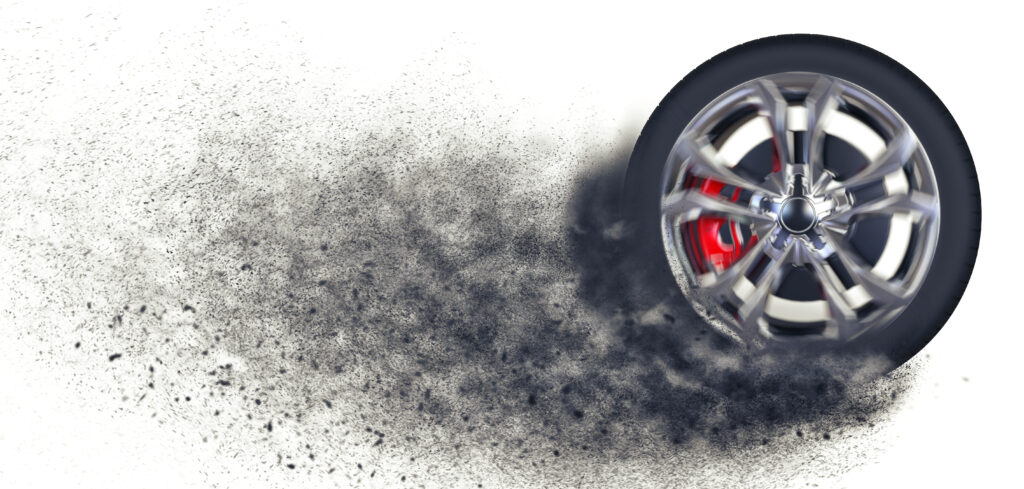A briefing paper released by Imperial College London (ICL) has estimated that in 2021, 52% of all small particle pollution from road transportation came from tires and brakes.
The paper, written by researchers from Imperial College London’s Transition to Zero Pollution (TZP) initiative, warns that despite electric vehicles being used to eliminate fuel emissions, the problem of particulates from tire wear still remains.
Six million metric tons of tire road wear particles (TRWP) are released annually around the world, with London producing 9,000 metric tons of TRWP annually on its own. Yet research on the environmental and health issues of this has been scarce compared to research on fuel emissions. Researchers from ICL, however, say the impact of tire wear should be made a priority.
“Tire wear particles pollute the environment, the air we breathe, the water run-off from roads, and have compounding effects on waterways and agriculture,” explained lead author Dr Zhengchu Tan. “Even if all our vehicles eventually become powered by electricity instead of fossil fuels, we will still have harmful pollution from vehicles because of tire wear.
“We urge policymakers and scientists to embark on ambitious research into tire wear pollution to fully understand and reduce their impacts on biodiversity and health, as well as research to reduce the generation of these particles.”
The briefing paper includes Imperial engineers, ecologists, medics and air quality analysts who are calling for a similar amount of investment into tire wear research as there is in reducing fuel emissions.
TRWP can consist of large, visible pieces of tire rubber, or nanoparticles which can’t be seen. These are then washed into drains and sewers, while some particulates may enter the air. Both can cause environmental and health hazards as they contain several toxic chemicals including polyaromatic hydrocarbons, benzothiazoles, isoprene and heavy metals like zinc and lead.
“Our gaps in understanding make further research and development of new solutions vital so we can limit all types of vehicular pollution,” said co-author Dr Will Pearse. “Tire waste does not naturally degrade and instead builds up in the environment, and may interact with other pollutants as well as biological organisms.”
“We are growing increasingly concerned by the impact of tire wear on human health,” commented co-author Professor Terry Tetley. “As some of these particles are so small they can be carried in the air, it’s possible that simply walking on the pavement could expose us to this type of pollution. It is essential that we better understand the effect of these particles on our health.”
The authors of the report are asking for policymakers and scientists to investigate problems related to tire-wear pollution, such as how they are produced and their effects on human health.
The full report can be found here: Briefing paper: Tyre wear particles are toxic for us and the environment.



